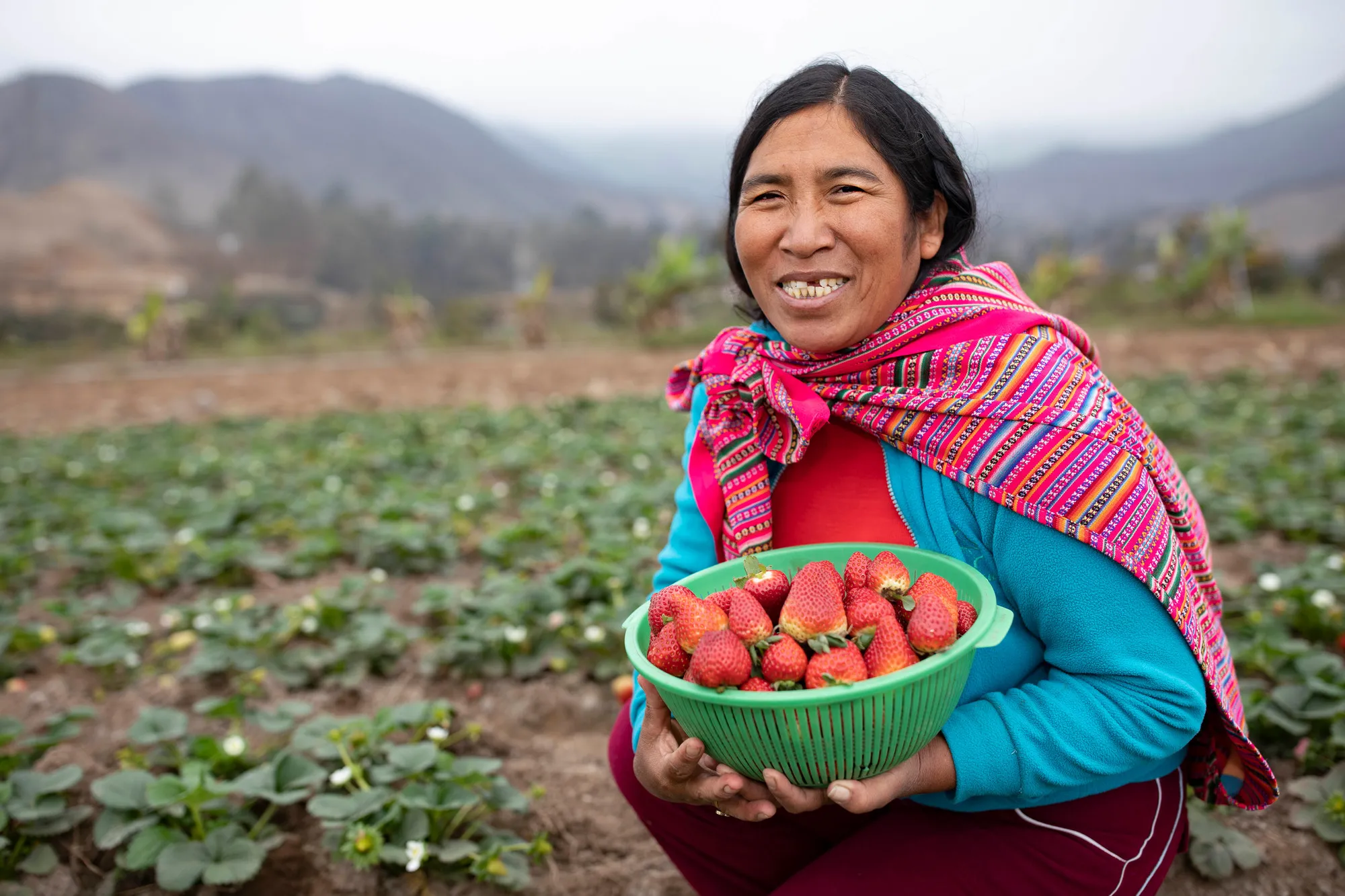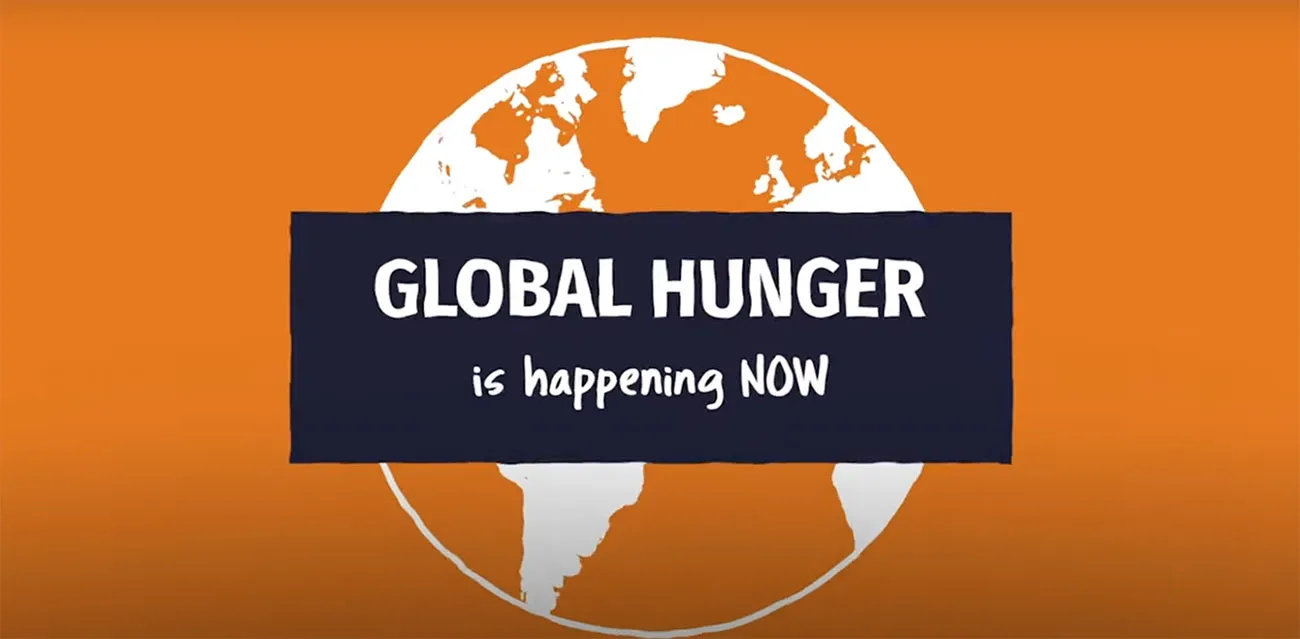No one should die of hunger, yet every four seconds, someone does.
Across the globe, up to 828 million people do not have enough to eat, and as many as 45 million people are facing starvation and death.
The socioeconomic consequences of the COVID-19 pandemic, coupled with a series of violent conflicts and devastating natural disasters, have exacerbated global hunger, pushing millions of vulnerable people into food insecurity. This is not only a tragedy today, but also sets the stage for continuing crises.
The Farm Bill is a major piece of legislation that Congress reauthorizes every five years to support food, nutrition, and agriculture needs at home and around the world. International food assistance programs within the Farm Bill aim to alleviate global hunger and improve food security and nutrition around the world.
The Farm Bill includes emergency programs that provide immediate, lifesaving food aid to people affected by conflict or disaster. It also includes non-emergency programs that work to scale up and strengthen agricultural food systems to address the root causes of hunger and malnutrition and to help build resilience within communities.





